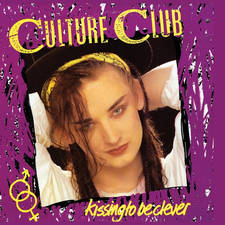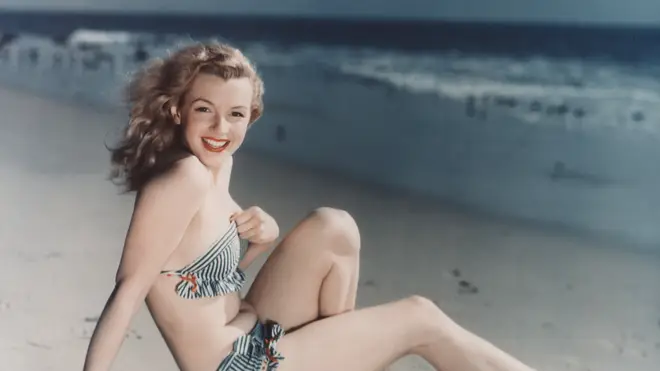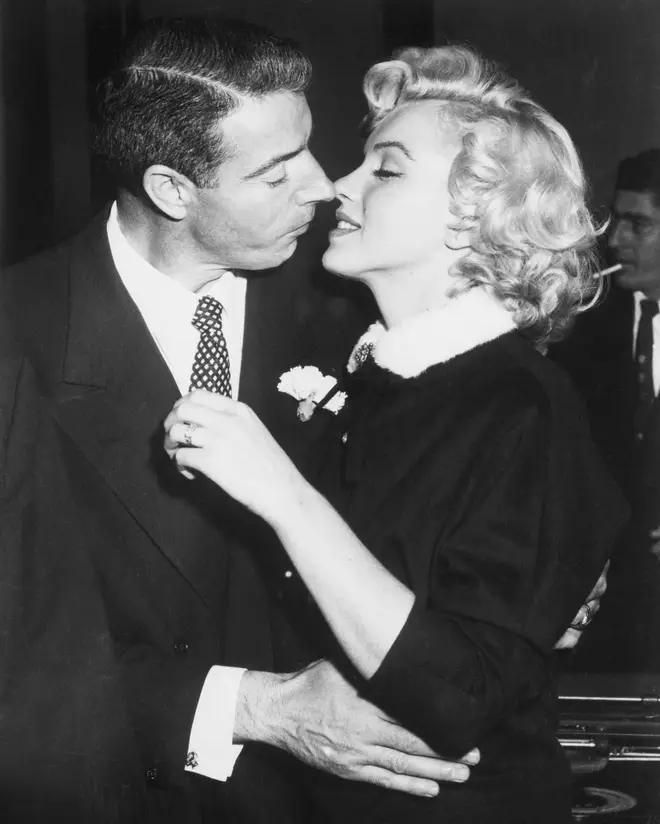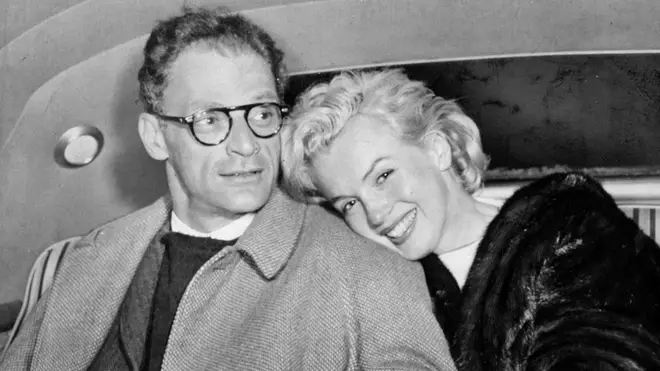Marilyn Monroe facts: Hollywood legend's age, husbands, parents, film roles and death explained
24 May 2022, 17:35
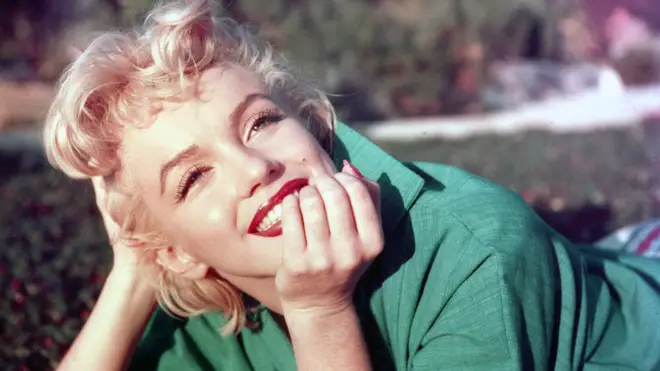
Marilyn Monroe is arguably the most iconic Hollywood movie actor of all time.
In a too-short career, Marilyn Monroe lit up the silver screen, winning fans around the world in films such as Gentlemen Prefer Blondes, How to Marry a Millionaire, Some Like it Hot, The Seven Year Itch, and Niagara.
She was particularly famous for playing comedic "blonde bombshell" characters on screen, and became one of the most popular sex symbols of the 1950s.
Several decades after her death, Marilyn Monroe is still a huge icon of pop culture.
Her troubled private life received much media attention, and she struggled with addictions. Her life story will soon be tackled in the highly-anticipated biopic Blonde on Netflix.
She was famously the subject matter for Elton John's big hit 'Candle in the Wind', helping to cement her legacy as a forever beloved star.
Here are all the important facts about the talented icon:
-
Where and when was Marilyn Monroe born and what was her real name?
Marilyn Monroe as an infant with her mother Gladys in 1929. Picture: Getty Marilyn Monroe was born as Norma Jeane Mortenson on June 1, 1926. She was born in Los Angeles, California.
Her mother was Gladys Pearl Baker (née Monroe), and was from a poor Midwestern family who had migrated to California at the turn of the century.
Aged 15, Gladys married John Newton Baker, an abusive man who was nine years older than her. They had two children named Robert (1917–1933) and Berniece (1919-2014).
Gladys successfully filed for divorce and sole custody in 1923, but Baker kidnapped the children, and moved with them to Kentucky.
Marilyn was not told about her sister until she was 12, and met Berniece for the first time as an adult.
After the divorce, Gladys worked as a film negative cutter at Consolidated Film Industries. In 1924, she married Martin Edward Mortensen, but they split just months later, and divorced in 1928.
In 2022, DNA testing showed that Monroe's father was actually Charles Stanley Gifford, Gladys’ co-worker with whom she had an affair in 1925.
Marilyn Monroe as a model in the 1940s. Picture: Getty When Gladys was able to get Marilyn back, she placed her daughter with evangelical Christian foster parents Albert and Ida Bolender. She also lived there for the first six months, until she was forced to move due to work. Gladys then began visiting her daughter on weekends.
By 1933, Gladys was able to buy a house and moved seven-year-old Monroe in with her.
In 1934, Gladys had a mental breakdown, and was diagnosed with paranoid schizophrenia. She tragically spent the rest of her life in and out of hospitals, and was rarely in contact with Marilyn.
Marilyn would have a tough childhood, moving in and out of foster homes, and she also suffered sexual abuse.
-
Who was Marilyn Monroe's first husband?
Marilyn And James in 1943. Picture: Getty To avoid having to go back to an orphanage in 1942, Marilyn married her neighbour's 21-year-old son, factory worker James Dougherty, soon after her 16th birthday.
She soon dropped out of high school and became a housewife. However, she later said that she was soon "dying of boredom".
It was when James was away with the Marines that Marilyn was first spotted by a model scout, which eventually helped pave the way for her acting career.
In September 1946, she divorced Dougherty, who was against her career.
Dougherty eventually became an American police officer, and the first trainer of the Special Weapons and Tactics (SWAT).

The Seven Year Itch (4/5) Movie CLIP - A Delicious Breeze (1955) HD
He later said of Marilyn: "Fame was injurious to her. She was too gentle to be an actress. She wasn't tough enough for Hollywood. And once someone starts getting into pills –uppers and downers, the way she was –people can go downhill. They can't sleep, so they take more and more pills."
He eventually married twice more, and had three children with his second wife.
He died on August 15, 2005, aged 84.
-
When and why did she change her name to Marilyn Monroe?

Marilyn Monroe in "Gentlemen Prefer Blondes" - "Diamonds Are A Girls Best Friend"
Marilyn signed a contract with an acting agency in June 1946.
After an unsuccessful interview at Paramount Pictures, she was given a screen-test by Ben Lyon, a 20th Century-Fox executive.
Her contract began in August 1946, and she and Lyon selected the stage name 'Marilyn Monroe'.
The first name was picked by Lyon, who had been thinking of Broadway star Marilyn Miller, while the last was Marilyn's mother's maiden name.
-
Who was Marilyn Monroe's second husband, Joe DiMaggio?
Joe DiMaggio and Marilyn Monroe Kiss. Picture: Getty In early 1952, Marilyn began a highly publicized romance with retired New York Yankees baseball player Joe DiMaggio, who at the time was one of the most famous sports personalities.
DiMaggio is widely considered one of the greatest baseball players of all time, and had a 56-game hitting streak, a record that still stands.
In 1954, she and Joe were married in San Francisco. They then travelled to Japan, combining a honeymoon with his business trip.
The publicity stunt of Marilyn's famous 'skirt-raising' scene in The Seven Year Itch led to the end of her marriage to DiMaggio, who was not happy with it.
Their romance had been troubled from the beginning due to his jealousy and controlling behaviour, and he was also known to be physically abusive.
By late 1954, Marilyn had filed for divorce, after just nine months of marriage.
Marilyn Monroe and Joe DiMaggio. Picture: Getty Despite this, Joe and Marilyn would rekindle their friendship, with Joe becoming a lifelong admirer of her, and even helped arrange her funeral.
Joe would have a half-dozen red roses delivered to her crypt three times a week for 20 years, and he never married again.
According to his lawyer Morris Engelberg, Joe DiMaggio's final words were: "I'll finally get to see Marilyn." He died on March 8, 1999, aged 84.
-
Who was Marilyn Monroe's third husband, Arthur Miller?
Marilyn Monroe and husband Arthur Miller in car at Idlewild. Picture: Getty By 1955, Marilyn had been introduced to writer Arthur Miller by Elia Kazan. The affair between the pair became serious after October 1955, when her divorce was finalized and he separated from his wife.
Her film urged her to end the relationship, as Miller was being investigated by the FBI for allegations of communism, but Marilyn refused.
Miller was an American playwright, essayist and screenwriter. His most popular plays were All My Sons, Death of a Salesman, The Crucible and A View from the Bridge.
In 1956, Monroe and Miller got married in New York. The marriage saw Marilyn convert to Judaism.
The last film that Marilyn completed was The Misfits, which Miller had written to provide her with a dramatic role.
However, their marriage was effectively over by this point, and he began a new relationship with set photographer Inge Morath. They divorced in 1961.
Miller died on February 10, 2005, aged 89.
-
Did Marilyn Monroe have any children?
Marilyn Monroe did not have any children.
She never had any children with any of her three husbands, but did reportedly have three miscarriages.
While married to Miller, Marilyn is thought to have experienced her first miscarriage in September 1956. She then lost an ectopic pregnancy in August 1957, before having a second miscarriage in December 1958.
-
When did Marilyn Monroe die and how old was she?
Marilyn Monroe in 1961. Picture: Getty Marilyn Monroe died aged just 36, of a barbiturate overdose, late in the evening of Saturday, August 4, 1962.
She died at her home at 12305 Fifth Helena Drive, Brentwood, a suburban area in the Westside region of Los Angeles, California. Her body was discovered on Sunday, August 5.
By this point, Marilyn had suffered from mental illness, and substance abuse for several years.
In 1962, she had begun filming Something's Got to Give, but the studio fired her, publicly blaming her for the production's problems.
Marilyn spent the last day of her life at home. She was joined at times by publicist Patricia Newcomb, housekeeper Eunice Murray, photographer Lawrence Schiller and psychiatrist Ralph Greenson.
Murray stayed overnight to keep Marilyn company, and around 3am on the Sunday, she noticed that Marilyn had locked herself in her bedroom.
Her death was officially ruled as a probable suicide by the Los Angeles County coroner's office, based on previous incidents of overdosing and being prone to mood swings. No evidence of foul play was found, and an accidental overdose was ruled out due to the large amount of barbiturates inside her.
Her funeral was arranged by Joe DiMaggio, and took place on August 8 at the Westwood Memorial Park.
Since then, several conspiracy theories around her death suggesting murder or accidental overdose have arisen.
Many conspiracies surround President John F Kennedy and his brother Robert, as well as union leader Jimmy Hoffa and mob boss Sam Giancana.
The Los Angeles County District Attorney reviewed the case in 1982, but found no evidence to support any other claims.
